12 villages to visit at least once in your life in Portugal
1. Santa Susana (Alcácer do Sal)
With typical Alentejo architecture, the village of Santa Susana stands out for the presence of ground floor houses, all whitewashed with blue bar and large chimneys. Located between two streams, tributaries of the right bank of the Alcáçovas stream, it is 15 km from the county seat.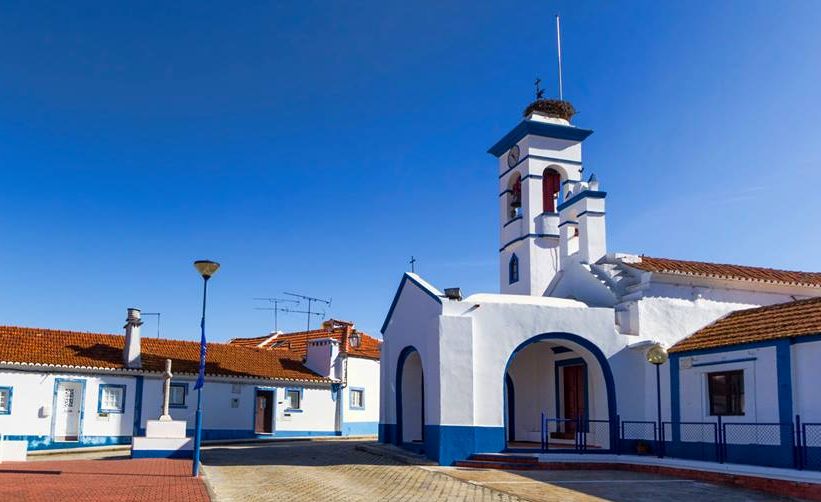
Porto Covo (Sines)
Inserted in the privileged Southwest Alentejo and Costa Vicentina Natural Park, the quiet village of Porto Covo has managed over the years to preserve all the traditional features that give it such beauty.
Blur
Estorãos is a small Minho village located about six kilometers from Ponte de Lima where runs the river that gives it its name. The waters from the top of the Arga mountain range meander through pine trees, vineyards and manicured fields creating small lakes and dams where trout and lamprey hide from tourists and fishermen.
Soajo
Soajo, one of the most typical Portuguese villages, belongs to the municipality of Arcos de Valdevez and is located on one of the hills of the Peneda mountain range, inserted in the Peneda-Gerês National Park. The village was a town and county seat between 1514 and the mid-nineteenth century, but its history begins much earlier, as evidenced by the Rupestre do Gião Sanctuary in the Soajo mountain range, and the numerous tapirs and papayas that exist in this area.

Beautiful
Lindoso is the largest parish of Ponte da Barca municipality, which is 25 km from the headquarters, belongs to the district of Viana do Castelo, borders Spain and has about 1300 inhabitants.
Located in the municipality of Bragança, Gimonde offers to those who visit it the best and most genuine of the transmontana cold earth, always with the human warmth and the art of welcoming of its inhabitants.

Rio de Onor

Montesinho
Typical transmontane village, located in the foothills of the Serra de Montesinho, in the Montesinho Natural Park and about 1030m altitude. This typical transmontana village has been progressively restored for its tourist use.Beira Linhares (Celorico da Beira)
Located on the western slope of Serra da Estrela, Linhares da Beira was originally from a Lusitanian castro. In fact, the Hermínio Montes (this was the Lusitanian name of Serra da Estrela), with its pastures, abundance of waters and the protective setting of the mountain was one of the places inhabited by this Iberian tribe, of which many Portuguese consider themselves descendants.
Head (Seia)
In the middle of Serra da Estrela we find the village of Cabeça, a picturesque village where the shale houses predominate, a place full of charms and stories that is worth unraveling.
Vasco Esteves From Above (Seia)

Located in the parish of Alvoco da Serra, Seia. There were several names to distinguish him from his namesake: Vasco Esteves do Cabo, from there, d Alem and finally Vasco Esteves de Cima.
Outros Artigos Populares no Blogue
-


Algarve has two of the best water parks in Europe
Warmth, holidays, family travel with kids to entertain: a setting that demands a day of fun in one of Europes finest water parks. And those who s... -
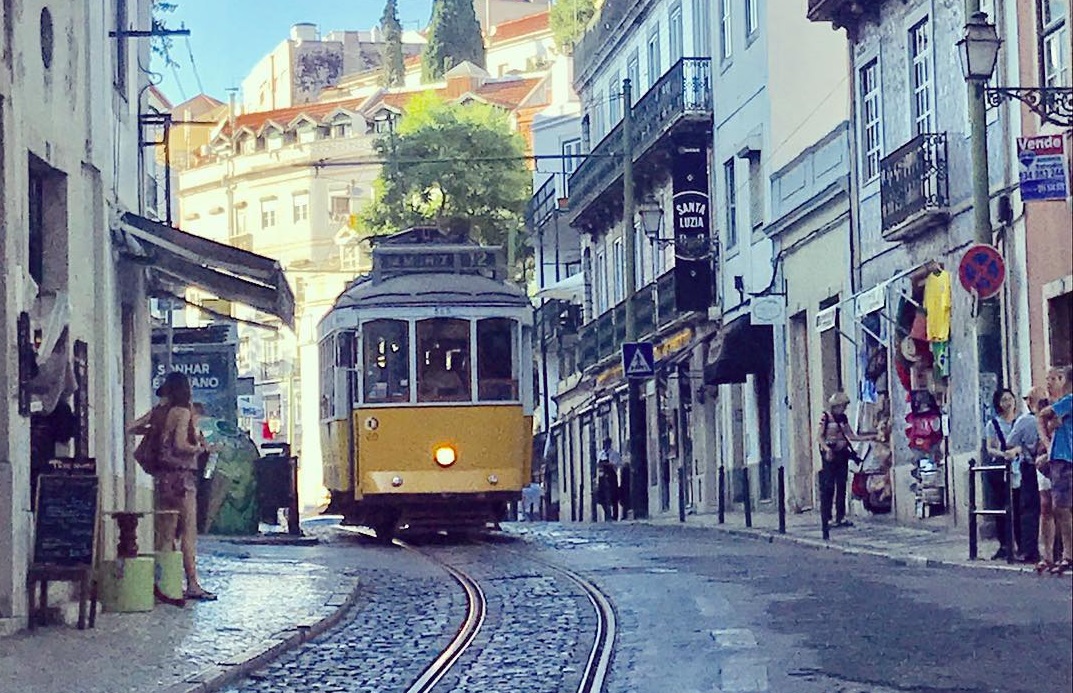

The 10 Best Cities to Visit in Portugal
Óbidos: This town is the most perfectly preserved 13th century village in central Portugal. Its historic authenticity is the main concern ... -
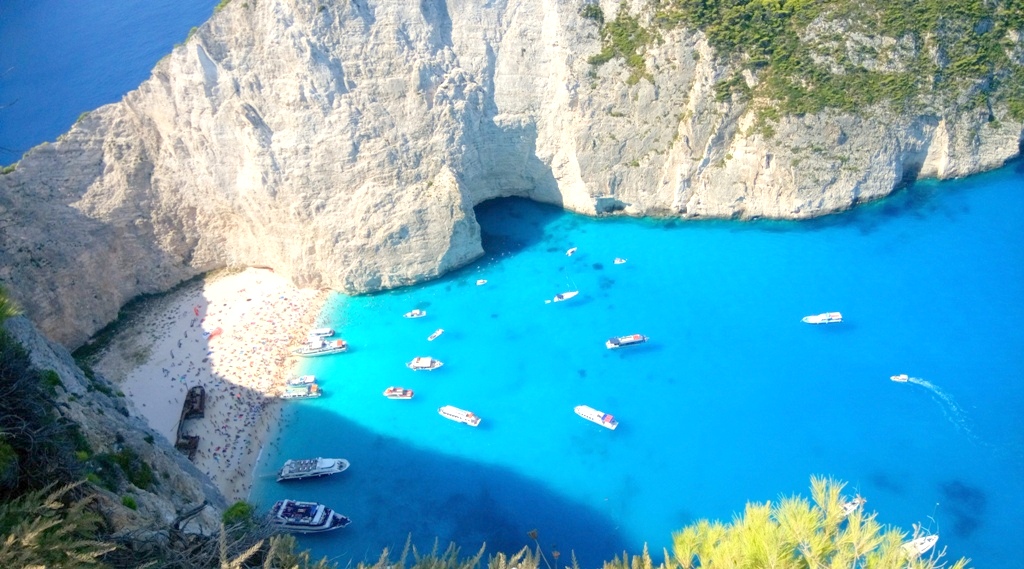

Portuguese in the list 15 of the most beautiful beaches on the planet
The elements that make up the perfect beach vary by traveler. Some yearn for the sugary sand and crystal clear waters of the Caribbean, while oth... -


Rota Vicentina is voted one of the best trails in Europe
One of the most famous trails in the world is the Rota Vicentina, which has been recognized by Leading Quality Trails - Best of Europe certification, ... -
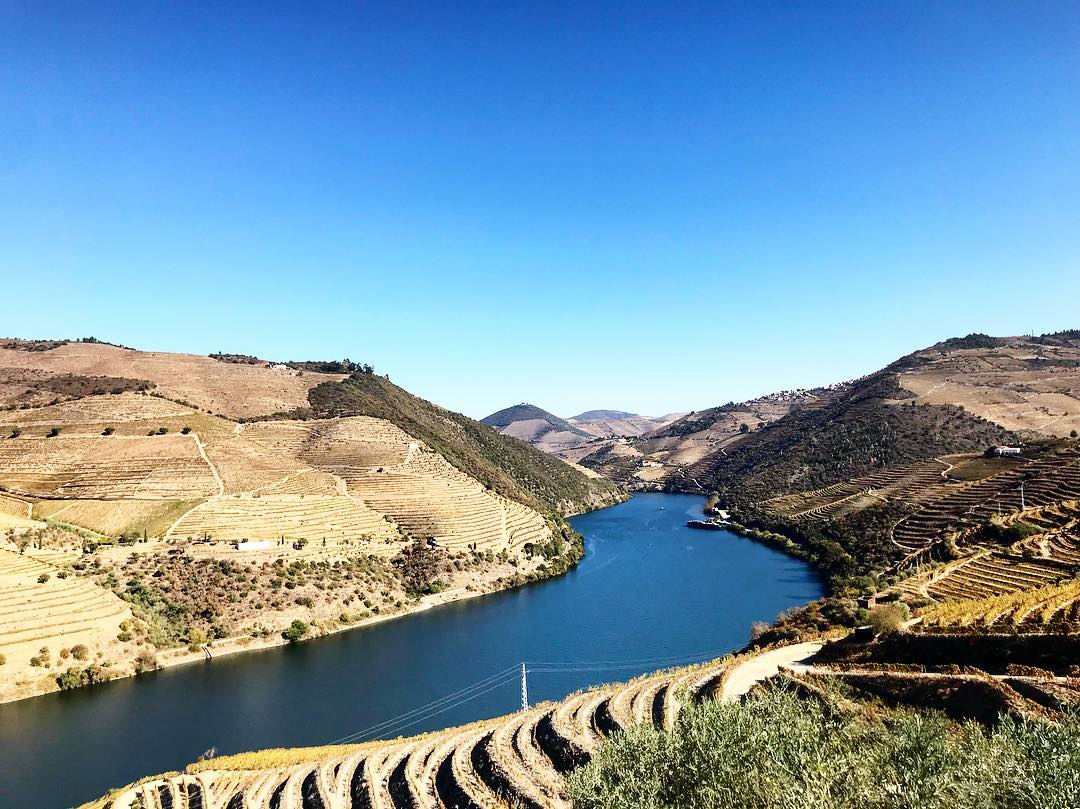

Top 8 Tourist Destinations in Portugal to Visit in 2020
ALMEIDA Admitted to the need to modernize the obsolete medieval structures, after the Restoration, he worked to build a renewed war machi... -
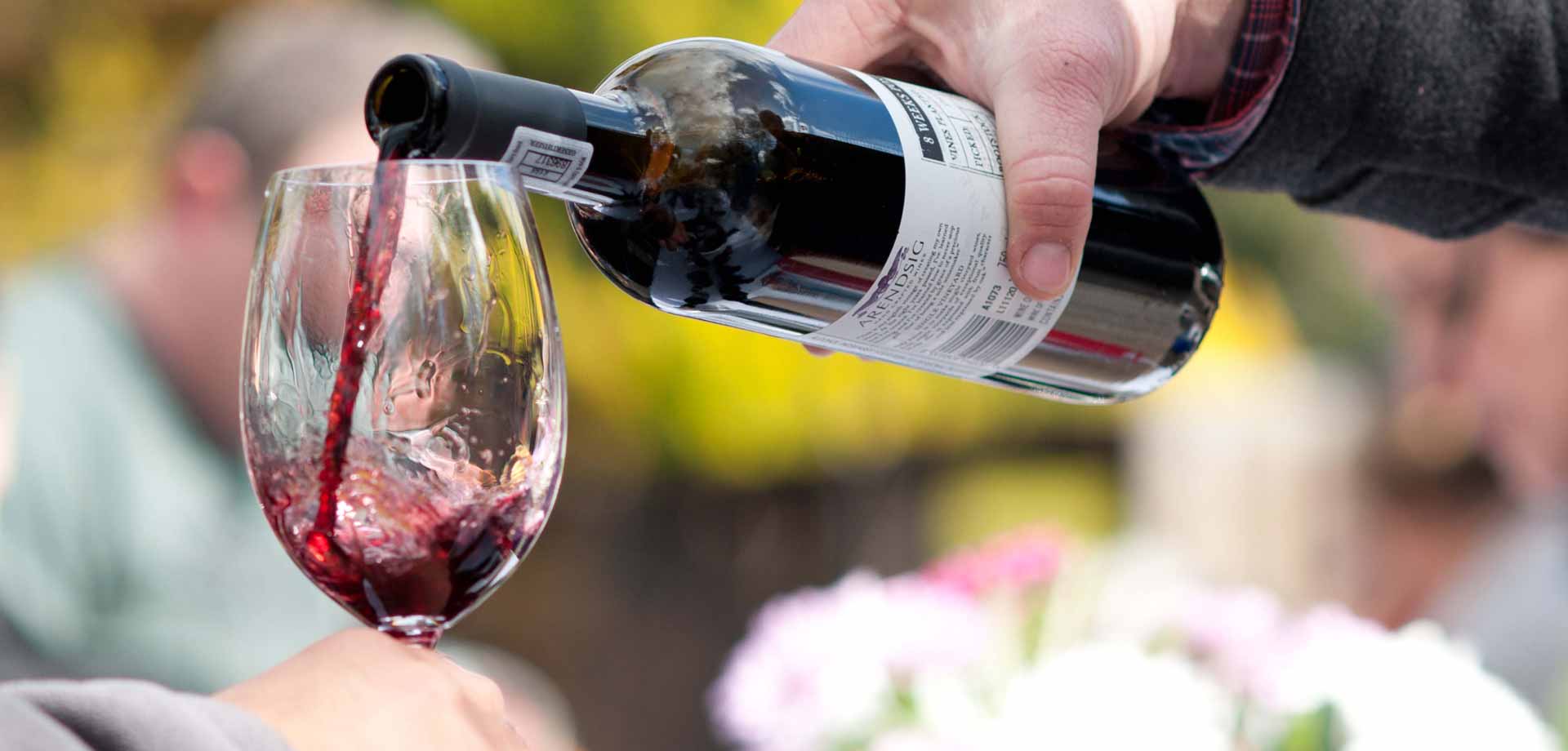

These are the 7 best Portuguese wines of 2019
The Oscars to the Portuguese, but here the main actors are the wines. The 2019 edition of the Wines of Portugal Contest distingu... -
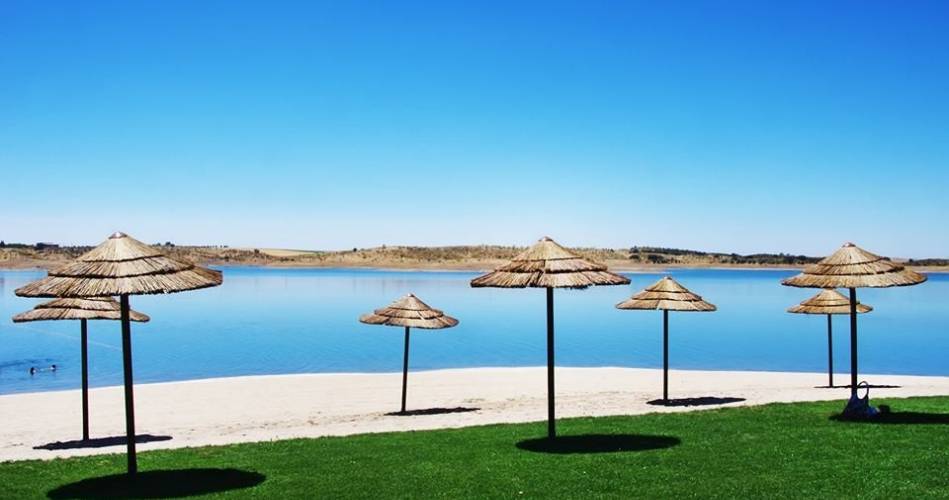

Portugal has one more Amieira beach in Alqueva Alentejo
Praia da Amieira is the third river beach to be born in Alqueva, has a 4,500 square meters lawn and 18,000 square meters of sand, as well as various s... -
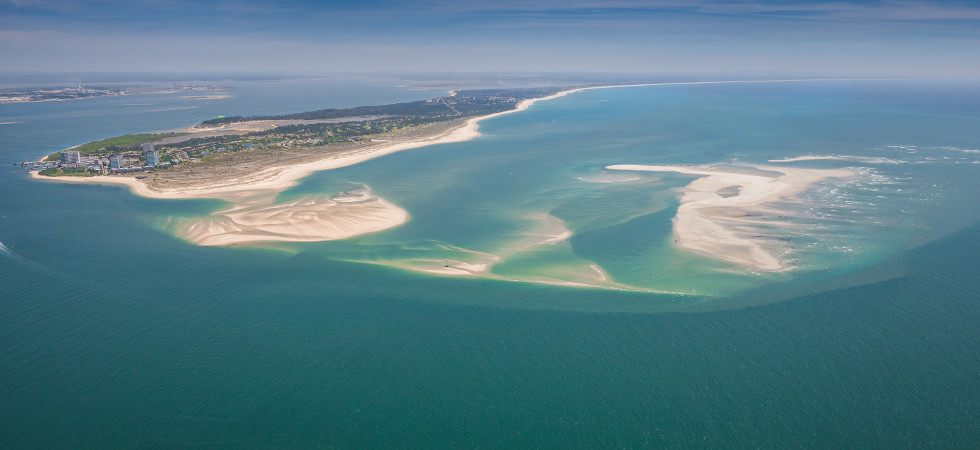

50 km from pure paradise this is the longest beach in europe
Between the Atlantic Ocean and the Alentejo Plain, 45 km long, from the far end of the Troia Peninsula to Melides beach, the coast of Grândola i...
